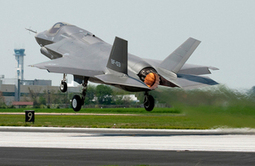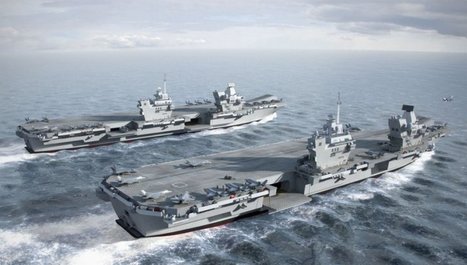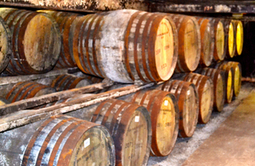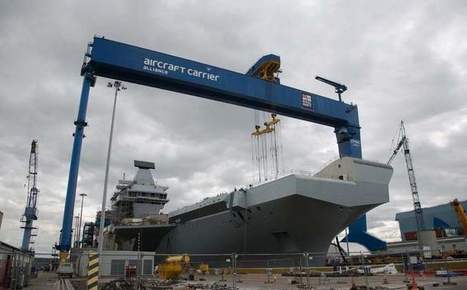London October 28, 2014 - Defence Secretary Michael Fallon has announced that the Ministry of Defence (MOD) has reached an agreement in principle on an order for the first production batch of four Lightning II stealth combat aircraft.
The aircraft will operate from both the Royal Navy’s new aircraft carriers and RAF land bases.
It is expected that a formal contract for the F-35B aircraft will be in place within weeks. The contract will form part of the MOD’s investment in Lightning II over the next 5 years to procure an initial 14 of these multi-role fifth generation aircraft, together with the necessary support arrangements and infrastructure.
The UK has already taken delivery of three Lightning II aircraft, with another one due to be delivered in 2016. These are being for used for testing and evaluation and are currently in the US. The UK’s first operational Squadron in the UK will be based at RAF Marham in Norfolk in 2018, which will become their Main Operating Base.
The Defence Secretary said, "Today’s announcement is a major step forward. The Lightning II will equip the Royal Navy and the Royal Air Force with a highly advanced multi-role stealth combat aircraft, operating from both our new Queen Elizabeth class carriers and land bases. These aircraft will form part of the first UK-based squadron of F-35s, which will take up station at RAF Marham in 2018. This programme is also bringing substantial industrial benefits to the UK, providing thousands of skilled jobs in the UK aerospace industry."
It is anticipated that the contract will be finalised in the coming weeks, which will allow deliveries of the aircraft, within the contract, manufactured by Lockheed Martin, to commence from mid 2016.
Bernard Gray, the MOD’s Chief of Defence Materiel, said, "I am delighted that this agreement prepares the way for the first batch of operational combat aircraft. It ensures the MOD remains on target for achieving both operational capability from land bases and the start of flying trials aboard the carrier HMS Queen Elizabeth in 2018.
The aircraft provide an important step on the path to rebuilding the UK’s carrier strike capability. They feature short take off and vertical landing and the latest stealth and intelligence surveillance, target acquisition and reconnaissance technology."



 Your new post is loading...
Your new post is loading...














